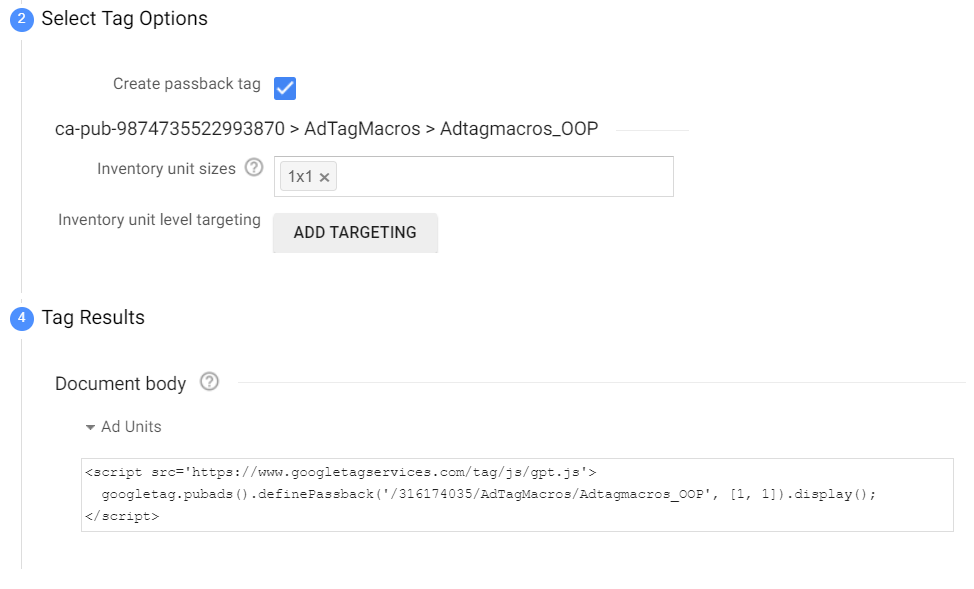Improbably, this is going to be about American literature and advertising operations. Typically, most people think the only connection between these two things is that people who get a degree in the first are doomed to end up making a living at the second. But as it turns out, you can learn a lot in American literature that applies to ad operations.
The biggest concern of CROs and other C-level executives is their operational team’s ability to scale. This concern leads to a lack of confidence in the ops team that can often impact hiring plans or even revenues. But surprisingly, few look at this concern’s root causes.
Here’s where Mark Twain comes in. Twain, it turns out, knew a little something about operations in general. Take this example from Huckleberry Finn: Twain writes, “A body might stump his toe… fall down the well, and break his neck, and bust his brains out, and somebody come along and ask what killed him, and some numbskull up and say, ‘Why, he stumped his TOE.’”
This form of expression pops up again and again after Twain in American culture. Say an unserious thing to make a completely opposite serious point. From one, very legitimate angle, it really is the stumped toe that killed the man. And most often that is the way it is in ad operations as well.
Since the beginning of the year, Here is intresting findings, After interviewing 46 ad ops professionals who, in the aggregate, will manage more than a quarter of a billion dollars of display ad campaigns in 2018. In 46 separate 30-minute sessions, each of these pros were asked the same set of questions and gave a remarkably similar set of answers despite working across four very different publisher entities.
On average, the interviewees said that out of every 100 campaigns they worked on, they should not have approved nine as they were submitted. Further, those nine campaigns usually took five times as much time to fulfill as ordinary ones. If you crunch the numbers, this means those nine problematic orders drive up the average fulfillment time for all orders by 36%. Ouch.
According to interviews, things just get worse.
Ad ops pros who reported dealing with fewer irregular orders tend to start their morning looking at campaign pacing, testing new campaigns and taking campaigns live. However, ad ops pros who reported a higher number of irregular orders tend to start their day answering emails and phone calls.
The second group reports falling further and further behind, having worse interpersonal relationships with sales teams and lower job satisfaction, which contributes to higher turnover.
Five months in, the participants with higher rates of problem orders are now leaving their jobs at a meaningfully higher rate than their colleagues.
Even if that only results in a 5% higher attrition rate, you are now looking at a team with a 40% “tax” on hiring and training because a little less than one of every 10 orders was the equivalent of a “stumped toe.”
And there is simply no way that leads to a happy productive team. Or a happy set of customers.
Which takes me back to Mark Twain. Early on in “Huckleberry Finn,” the random sighting of a campfire leads to rafting on a foggy night, which leads to Huck and Jim missing the mouth of the Ohio River and a series of progressively worse events – floods, robberies, shipwrecks, con artists and even poor Tom Sawyer getting shot. For Twain (who was not quite the hack a lot of critics think), the stumped toe was a metaphor for the central theme of a river trip to freedom. It’s the upstream stuff that gets you in trouble and the upstream stuff that kills you. Stumped toe. Dead body.
The lesson? If you are a CRO or general manager and you want you to do just one thing to help your ad ops team be more successful, try to eliminate half of your non-standard orders next month. As we see, bad orders lead to bad time management, hiring and scale – and a whole lot of trouble.














